Let's face it, rice is a kitchen staple. It's versatile, affordable, and can be the star of countless dishes. But achieving that perfect, fluffy texture can feel like a culinary mystery. That's where I come in. After years of experimenting and mastering my own rice-cooking techniques, I'm here to share all the secrets I've learned.
This guide is a complete journey, from selecting the right rice to the best cooking methods and even some fun flavor twists. So, grab a cuppa, settle in, and let's get cooking!
(Part 1) The Rice: Choosing Your Perfect Grain
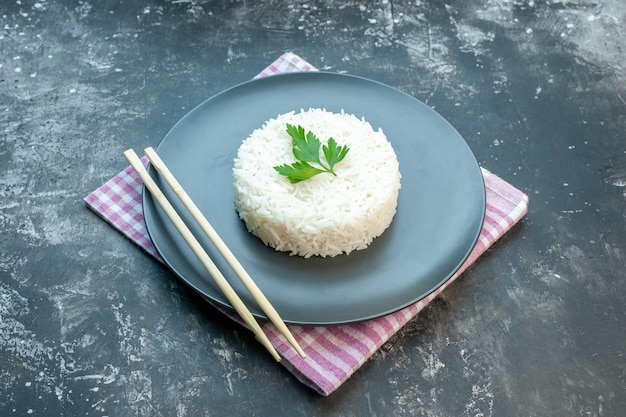
The Importance of Selecting the Right Rice
The type of rice you choose is the foundation for the final texture and even the flavor of your dish. Long-grain, short-grain, sticky, brown - it can be a bit overwhelming, right? For that classic fluffy texture we're aiming for, long-grain rice is your best bet. It cooks up nicely with distinct grains, making it perfect for salads, fried rice, and even just a simple side dish.
Exploring Different rice varieties
- Basmati: This Indian staple is known for its delicate aroma, fluffy texture, and long grains. It's my personal favorite, especially for dishes like biryani, where its fragrance adds another layer of flavor.
- Jasmine: Another long-grain variety with a slightly floral aroma and a soft, fluffy texture. It's perfect for Thai-inspired dishes where you want a subtle floral note.
- sushi rice: This short-grain rice is what gives sushi its iconic texture - sticky and slightly chewy. It's great for sushi, rice balls, and any dish where you want a cohesive texture that holds together.
- brown rice: This whole-grain rice has a nutty flavor and a slightly firmer texture. It's a healthier option than white rice, but it takes longer to cook. If you're looking for a hearty, nutty flavor, brown rice is the way to go.
Rinsing and Soaking: The Key to Fluffy Grains
Now, before we get to cooking, let's talk rinsing. Many people skip this step, but trust me, it's essential for achieving that airy texture. Rinsing removes excess starch, which can make your rice gummy and clumpy.
Here's how to do it:
1. Place the rice in a fine-mesh sieve: Think of it like washing your laundry – you're getting rid of all the loose particles.
2. Rinse under cold running water: Keep rinsing until the water runs clear.
3. Optional: Soaking for even cooking: After rinsing, you can either cook the rice immediately or soak it for 30 minutes. Soaking helps the rice cook more evenly and can shorten the cooking time.
(Part 2) The Cooking Process: Mastering the Art of Fluffy Rice
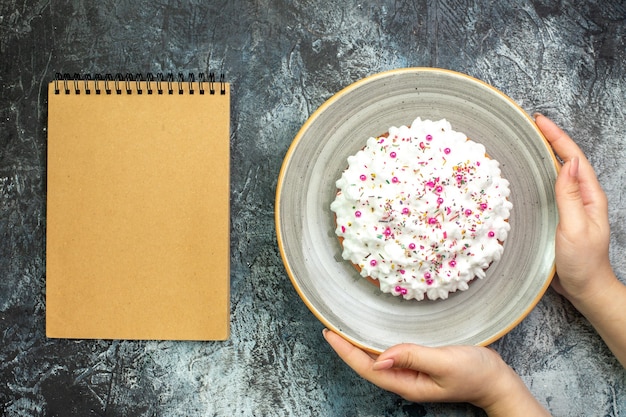
The Golden Ratio: 1 Cup Rice to 2 Cups Water
This is the key to perfectly cooked rice! Remember this ratio – it's your secret weapon to fluffy, delicious results every time.
The Right Pot: A Key to Even Heat Distribution
Choose a pot with a tight-fitting lid to ensure even heat distribution and proper steaming. A good quality pot will make all the difference in achieving that perfectly cooked texture. I'm a huge fan of my trusty cast iron pot! It's a classic for a reason.
Step-by-Step Guide to Cooking Fluffy Rice
Here's the breakdown of the process:
1. Bring the water to a boil: You want to see those bubbles a-poppin'!
2. Add the rinsed rice to the boiling water: Stir gently to prevent sticking.
3. Cover the pot with the lid: A tight-fitting lid is essential!
4. Reduce heat to low and simmer: Cook for 15-20 minutes, or until the rice is tender and the water has been absorbed.
5. Let the rice rest: After cooking, don't be tempted to open the lid right away. Let the rice rest for 5-10 minutes with the lid on. This resting period allows the steam to finish cooking the rice and give it that extra fluffiness.
The fluff test: Checking for Perfection
After the resting period, gently use a fork to separate the rice. If it's nice and fluffy and the grains are distinct, you're good to go! If it's still a bit wet, let it rest for a couple more minutes.
(Part 3) Essential Tips for Fluffy Rice: Elevating Your Cooking Game
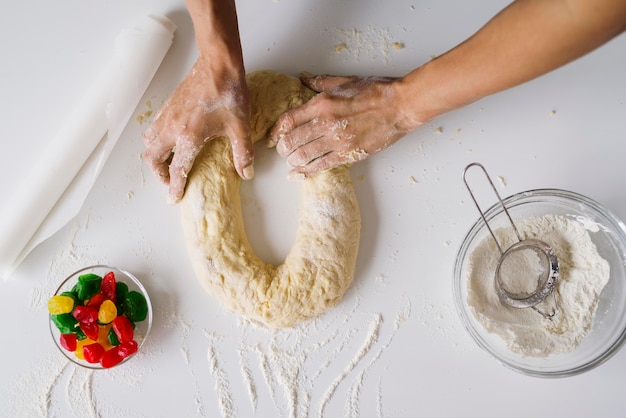
A Pinch of Salt: Enhance Flavor and Texture
Adding a pinch of salt to the water at the beginning of the cooking process isn't just about seasoning; it actually enhances the texture of the rice.
Don't Over-Stir: Let the Rice Steam Evenly
Once the rice is in the pot and the water is boiling, resist the urge to stir constantly. Over-stirring can break up the rice grains, leading to a sticky mess.
The Importance of a Tight-Fitting Lid: Trapping Steam for Fluffiness
This is crucial. A tight-fitting lid is essential for trapping the steam inside the pot, which is what creates that airy texture.
Leave the Lid Alone: Resist the Urge to Peek
Opening the lid during cooking can release the steam, affecting the rice's texture. Trust the process, and you'll be rewarded with delicious results.
The Power of Resting: Finishing the Cooking Process
We've already talked about it, but it's worth repeating! Resting the rice after cooking is crucial. The trapped steam continues to cook the rice, preventing stickiness and ensuring those fluffy, individual grains.
(Part 4) Adding Flavor to Your Rice: Beyond the Basics
Rice with a Twist: Exploring Flavorful Variations
Let's be honest, plain rice can be a bit boring, right? Here are some ways to elevate your rice game with flavor:
Herbs and Spices: Adding a bay leaf, a sprig of rosemary, or a pinch of saffron to the cooking water infuses a subtle, fragrant aroma into the rice.
Citrus: A squeeze of lemon or orange juice into the rice after cooking adds a bright, fresh touch.
Garlic and Ginger: Sautéing a couple of cloves of garlic and a knob of ginger in oil before adding the rice to the pot brings a delicious savory flavor.
Coconut Milk: For a rich and creamy flavor, add a splash of coconut milk to the rice while it's cooking.
microwave rice: A Quick and Easy Option
You can also cook rice in the microwave, although it won't be as fluffy as stovetop rice.
Here's a simple microwave rice recipe:
1. Combine 1 cup of rice with 2 cups of water and a pinch of salt in a microwave-safe bowl.
2. Cover the bowl with a lid or cling film.
3. Microwave on high for 10-12 minutes.
4. Let the rice rest for 5 minutes before serving.
(Part 5) leftover rice: Turning Leftovers into Delicious Meals
Storing Leftover Rice: Keeping It Fresh
Leftover rice should be stored in an airtight container in the fridge for up to 3 days. You can also freeze leftover rice for up to 3 months.
Leftover rice recipes: Maximizing Flavor and Creativity
Who says leftover rice has to be boring? Here are some delicious ways to use it:
rice salad: A classic use for leftover rice. Toss it with chopped vegetables, herbs, and a vinaigrette dressing for a light and flavorful meal.
Fried Rice: Another popular choice. Heat up the leftover rice with your favorite vegetables, eggs, and soy sauce in a wok or frying pan.
rice pudding: For a sweet and comforting treat, try making rice pudding. It's perfect for cold evenings.
(Part 6) Rice Around the World: A culinary journey
A Global Rice Feast: Exploring Rice Dishes from Around the World
Rice is a staple food in many cultures, and each culture has its own unique way of preparing and serving it. Here's a glimpse into the global world of rice:
Biryani (India): A fragrant and flavorful rice dish with meat or vegetables, spices, and herbs.
Paella (Spain): A vibrant rice dish with seafood, meat, vegetables, and saffron.
Risotto (Italy): A creamy rice dish typically made with arborio rice, broth, and Parmesan cheese.
Bibimbap (Korea): A rice bowl with assorted vegetables, meat, and a fried egg.
(Part 7) FAQs: Answers to Your rice cooking Questions
1. Why is my rice sticky?
sticky rice is often a result of over-stirring or not rinsing the rice properly. Make sure to rinse the rice thoroughly to remove excess starch and avoid over-stirring during the cooking process.
2. Can I use different types of rice?
Absolutely! You can experiment with different types of rice, but keep in mind that cooking times and water ratios may vary.
3. What if my rice is undercooked?
If your rice is undercooked, add a little more water to the pot and continue cooking until it's tender.
4. How do I reheat leftover rice?
Reheat leftover rice in a microwave-safe dish for 1-2 minutes or until it's heated through. You can also reheat it in a saucepan on the stovetop with a little bit of water or broth.
5. Can I add anything else to my rice?
Of course! Get creative and experiment with different herbs, spices, vegetables, and proteins.
(Part 8) Conclusion: Mastering the Art of Perfectly Fluffy Rice
Now you're equipped with the knowledge to create consistently delicious and fluffy rice. Whether you're a seasoned cook or a beginner, anyone can achieve perfect rice with a little practice.
Remember, the key is to use good quality rice, rinse it thoroughly, stick to the golden ratio of water to rice, and let the rice rest after cooking. Don't be afraid to experiment with flavors and variations!
With a bit of patience and a dash of culinary creativity, you'll be making restaurant-quality rice in your own kitchen. So go forth, my friend, and make some magic!
Everyone is watching

Perfect Rice Every Time: The Ultimate Guide to Cooking Rice
Cooking TipsAs a self-proclaimed foodie, I've always been a bit obsessed with rice. It's the foundation of countless cuisi...

Ultimate Guide to Cooking the Perfect Thanksgiving Turkey
Cooking TipsThanksgiving. Just the word conjures up images of overflowing tables laden with delicious food, the scent of r...

The Ultimate Guide to Cooking Asparagus: Tips, Techniques, and Recipes
Cooking TipsAsparagus. The mere mention of this spring delicacy conjures up images of vibrant green spears, crisp and burs...
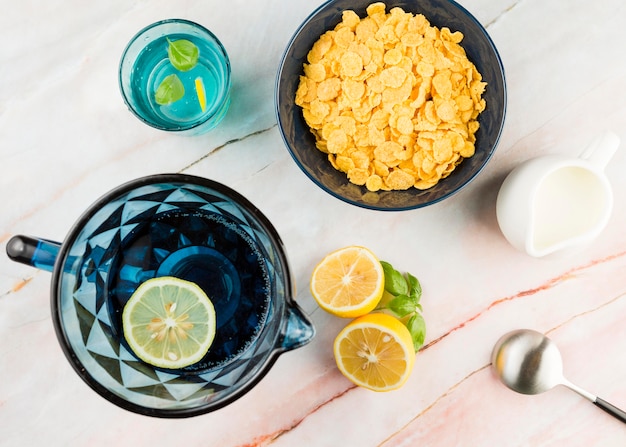
Can You Cook Spaghetti with Gasoline? (The Shocking Truth)
Cooking TipsWe've all seen those crazy internet trends. You know, the ones that make you wonder, "Did someone actually try...
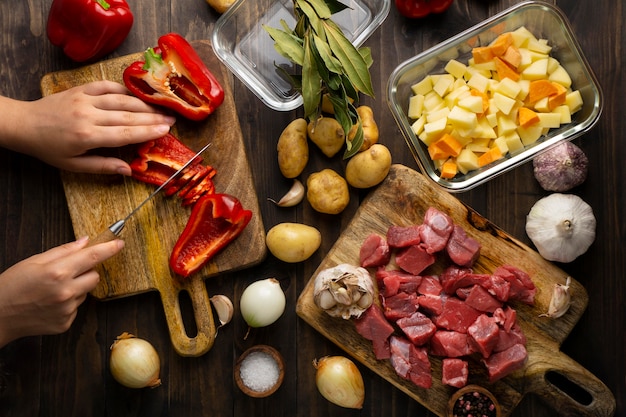
Chorizo and Eggs Recipe: The Ultimate Guide
Cooking TipsRight, let’s talk about chorizo and eggs. You know, that classic Spanish dish that's always a winner. It's th...
